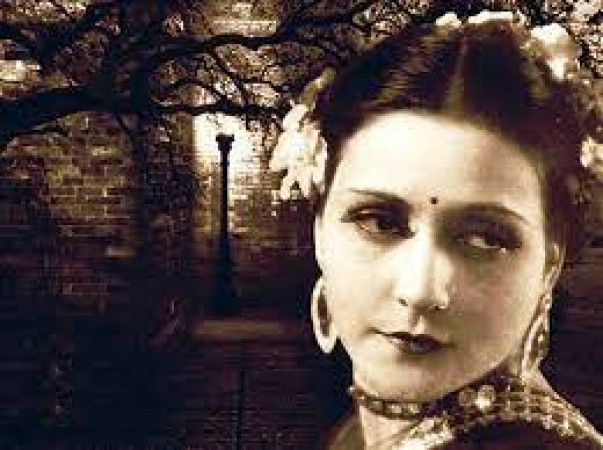
Sulochana, a stage name for Ruby Myers, was a great actress who made her imprint on the heyday of Indian film. She came from a variety of cultural backgrounds and rose to fame in the 1920s and 1930s, when Bollywood was just getting started. She became an iconic figure during this time. This article explores the life and contributions of Ruby Myers, documenting her ancestry, her rise to fame, and her lasting influence on Indian cinema.
A Baghdadi Jewish family gave birth to Ruby Myers on October 10, 1907, in Pune, India. A renowned group of traders and merchants known as the Baghdadi Jews arrived in India centuries ago and brought a rich cultural history with them. Ruby grew up in the crowded city of Pune, where she was exposed to a variety of languages and cultures, which would later be helpful to her acting career.
When Ruby was only 12 years old, she made her debut in the film industry. She made her cinema debut in 1919 in the silent movie "Veer Bala," which was filmed by the illustrious Kohinoor cinema Company. She immediately became known for her acting abilities due to her obvious natural talent and charisma on screen.
She started using the stage name Sulochana and went on to appear in a number of popular silent movies, such as "Anarkali" (1928) and "Indira B.A." (1929). She became one of the most sought-after actors of her era thanks to her capacity to express emotion without using words and her charming demeanor, which won her enormous praise.
Sulochana had established herself as a major figure in Indian film by the 1930s. She was recognized for her flexibility, moving with ease between roles that included feisty, independent women and tragic heroines. Her fluency in several languages, including Hindi, Marathi, and English, significantly increased her ability to connect with more people.
Sulochana successfully made the switch from silent to talkies during the early sound period. Her performances in movies like "Madhuri" (1932), "Chandidas" (1934), and "Savitri" (1937) kept the public spellbound. She became a favorite of both the general public and reviewers due to her expressive eyes and flawless language delivery.
Sulochana had to overcome hardships in her personal life despite her great accomplishment. The public and media both paid close attention to her romantic life. In 1934, she wed the filmmaker Nanubhai Vakil, but their marriage was brief and ended in divorce in 1938.
Sulochana expanded into character roles in her later years of acting, and her performances were still well-received. Her fame began to wane as the 1940s drew near, and in 1942 she made the decision to stop acting.
The impact Sulochana has had on Indian film is immense. She paved the way for other women in the film industry by demonstrating that hard work and skill can overcome obstacles to success. She paved the way for later generations of actresses with her talent and charisma, encouraging women to follow their passions without fear.
Sulochana continued to be well-liked and regarded in the film community even after she retired. She was given the Dadasaheb Phalke Award in 1973 for her outstanding contributions to the industry, which is the highest accolade in Indian cinema.
When Ruby Myers, well known by the stage name Sulochana, passed away on October 10, 1983, she left behind a profound legacy that is still felt by historians and movie fans. Her name endures as a testament to her brilliance, tenacity, and grace, and will always be remembered as one of the biggest names in Indian cinema.
"Mastering the Art of Sandwich Making: Virtual Cooking Classes Take the World by Storm
Savor the Moment: Sandwiches for Memorable Occasions
Enhanced Security Measures in Jharkhand for Muharram Celebrations